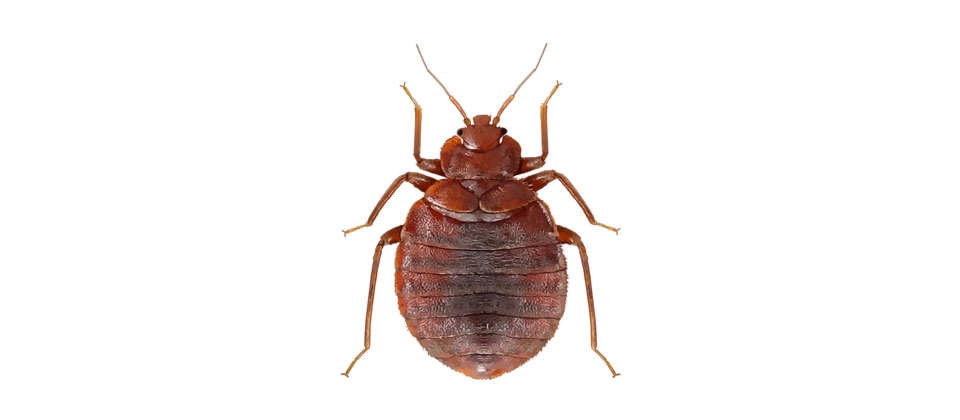Bed Bug

Bed bugs have been a pest to human beings for ages. It has been many decades since they have been a real threat to our quality of life, but recently bed bugs are becoming a nationwide, and worldwide problem.
There are a couple of theories to their return. For one it has been demonstrated that many strains of bed bugs in the U.S. are some several hundred times resistant to the insecticides that most pest control companies rely on. Secondly, bed bugs are more common in cities with abundant tourism. The theory is that bed bugs are possibly making their way over as “stowaways” in luggage from other countries as globalization has increased international travel.
We do know that most strains of bed bugs are resistant to the chemicals available today for control, that bed bugs become resistant to the chemical DDT within a decade of it’s introduction and that further chemical resistance can be expected in the future. An integrated pest management approach that utilizes multiple non-chemical methods and materials is therefore the only sustainable, and right now, the only viable approach to bed bug management.
Bed bugs have been found infesting hotels, apartments, movie theaters and private homes. It is common to find infestations in highly populated cities with an abundance of international visitors from Europe, South America, and Asia where the bed bugs are more likely to thrive. Although bed bugs survive on blood — not filth — it is much easier to eliminate bed bugs from an orderly room than a cluttered, unsanitary one. Bed bugs can even spread into the cleanest of hotels, restaurants, residential homes and apartments undetected. Bed bugs have been known to spread through second-hand furniture, bus seats and other used articles. Because the hitch-hiking bed bugs spread so easily, their ability to infest so rapidly is a major concern.
| Identification | - Adults are broad, oval and flat, approximately 4-5 mm long and 3 mm wide
- Range in color from brown to reddish brown (after a blood meal)
- Nymphs resemble adults but are not dark like adults, translucent before feeding
- Bodies are covered with short, fine, golden-colored hairs that are almost invisible to the naked eye
- Have a 4 segmented antenna with the third segment being longer than the second or fourth
- Cannot fly but they can crawl quickly
- Eggs are very small (1 mm) in length, oval and are white. The eggs are sticky and will remain in the same place they are laid
|
| Behavior | - Feed on blood, mainly from humans but also birds and other animals
- It takes about 3-10 minutes for bed bugs to get a whole blood meal
- Are nocturnal and usually feed while the person is sleeping
|
| Habitat | - Adults and nymphs can be found in cracks and crevices of carpets, side walls, bedding, clothing, drawers, headboards, light fixtures, baseboards, pillows, backpacks and luggage
- They prefer to hide where they feed, but will move to adjacent rooms if necessary
|
| Life Cycle | - Go through several developmental stages including egg, and adult stages.
- Females can lay 1-5 eggs per day deposited in cracks, crevices, or other dark, hidden places
- Eggs need the right temperature to hatch. Eggs will die below 55.5° F and above 98.5° F
- It takes between 4-21 days for eggs to hatch, depending on temperature
- At 70 to 90 degrees F bed bugs can complete the egg to adult cycle in as little as 1 month
- The average lifespan is 10 months however with certain conditions bed bugs have been known to survive over a year without food
|
| Seasonality | - Year Round, but higher numbers with Summer travel
|
| Favorable Conditions | - Clutter - provides hiding places
- Secondhand furniture
- Staying in a place that has a infestation - hitchhiking pest
|
| Health Concerns | - Allergic reactions to bed bug saliva that is injected into the host during feeding
- Secondary skin infections caused by scratching for people with highly sensitive reactions
- Bed bugs have been known to carry up to 32 different pathogens, but have not been found to transmit any of them
- Bites can cause emotional reactions such as stress, anxiety and lack of sleep
|
| Signs of an Infestation | - Live bed bugs
- Blood stains
- Droppings
- Shed skins
- Eggs
|
LEARN HOW TO PREVENT BED BUGS
